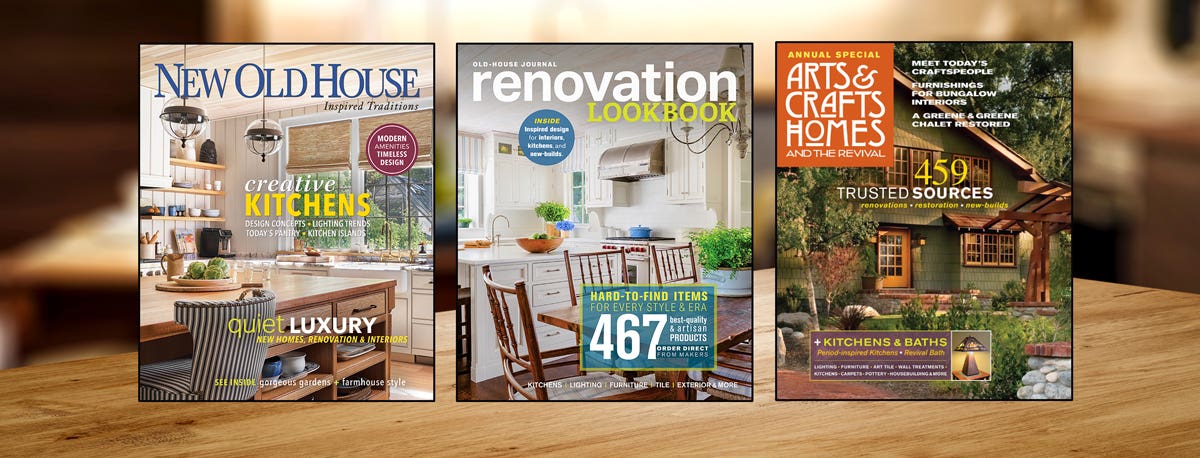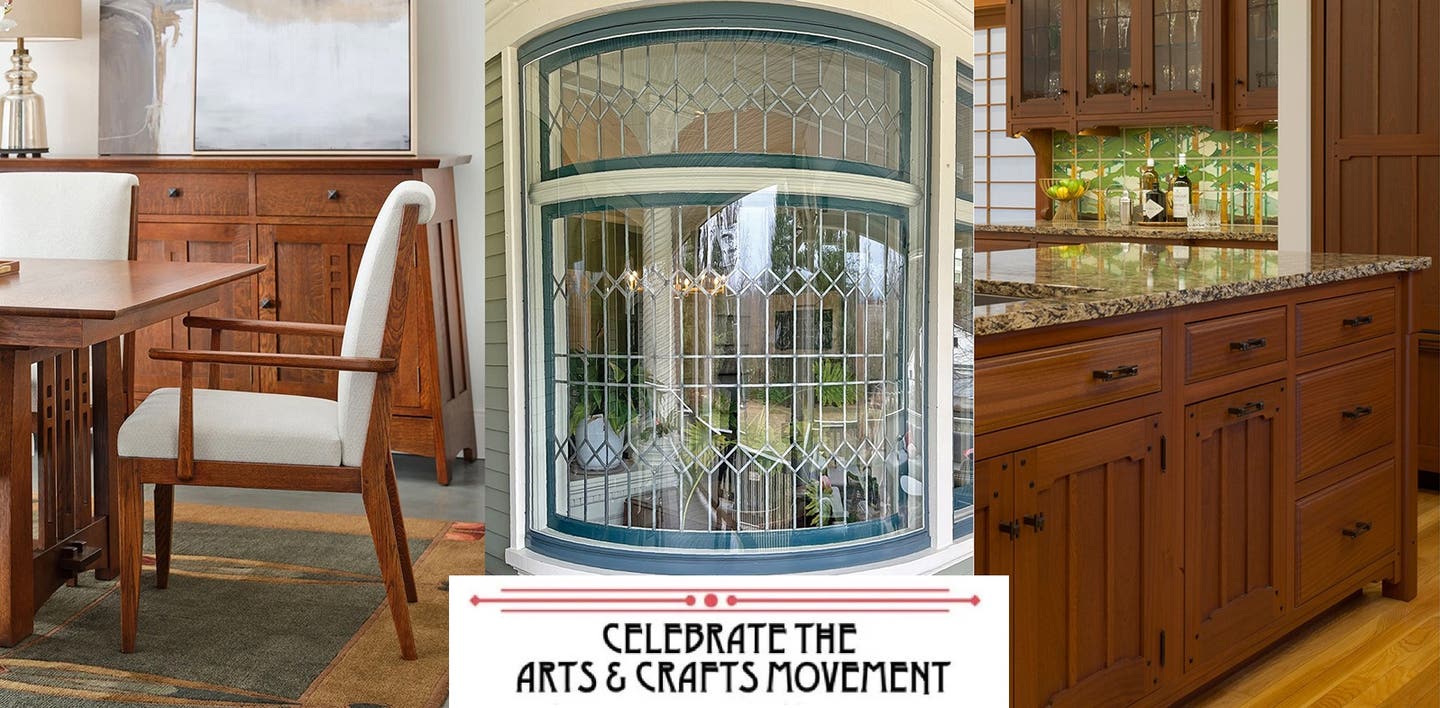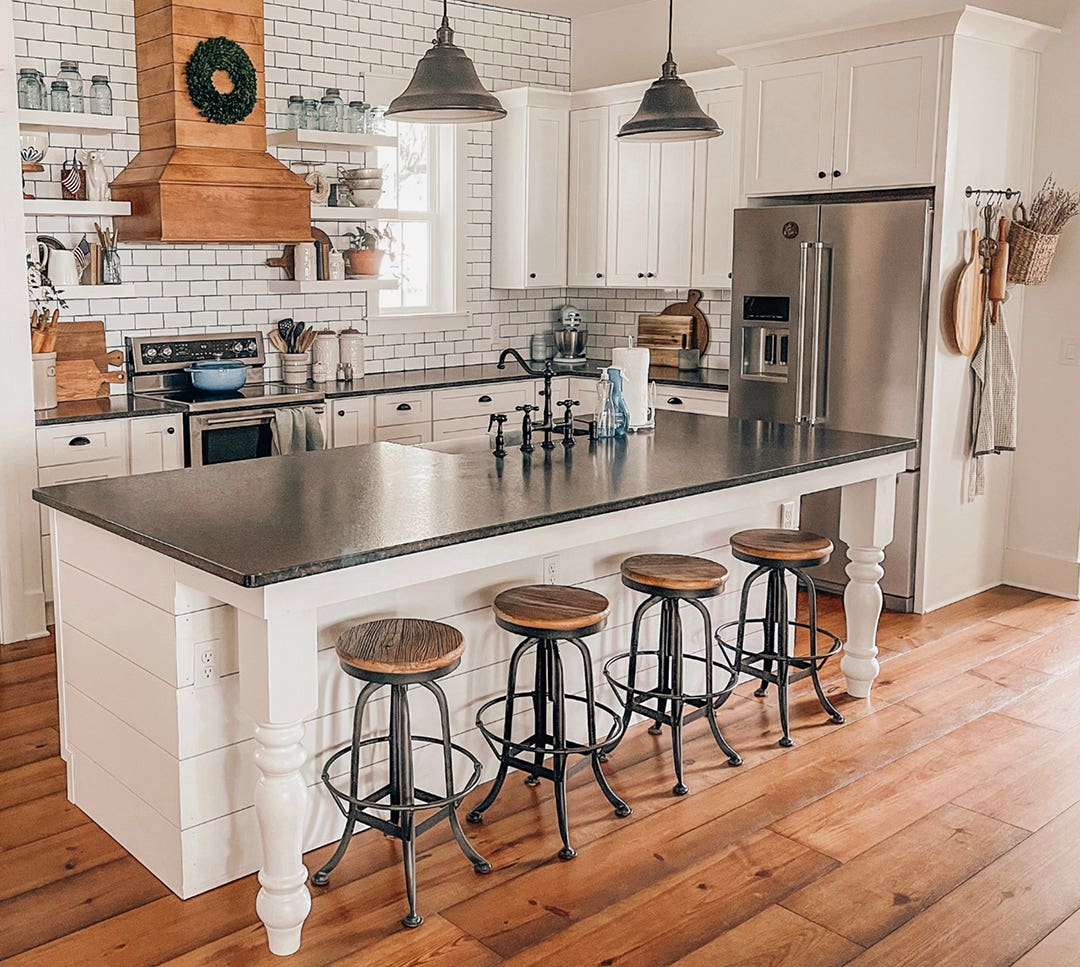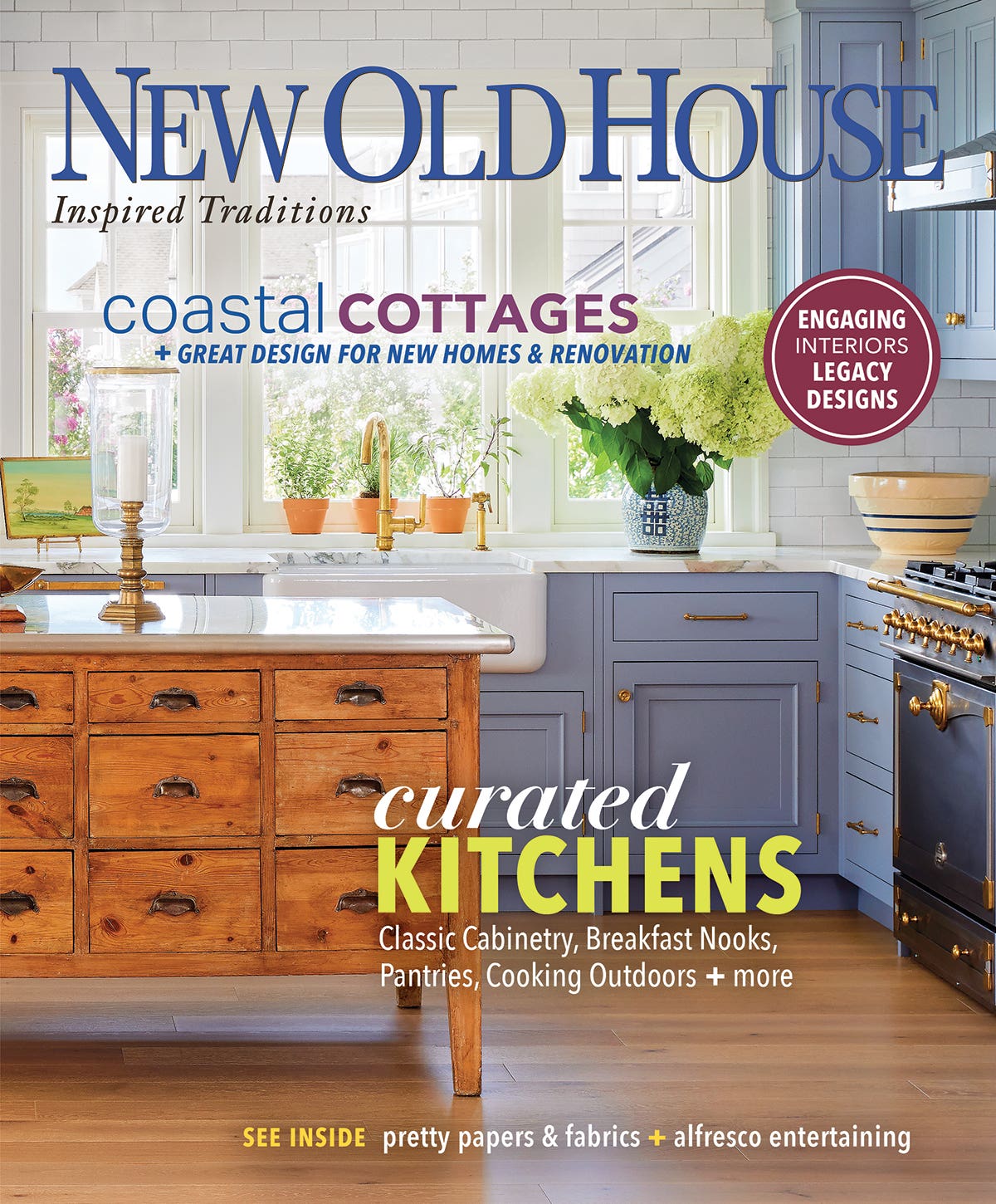In All Things, Art
I grew up in suburban houses of no particular pedigree—housing, really, not architecture, certainly not art. My parents were buying a roof and just enough room, “a decent yard.” Maybe…
I grew up in suburban houses of no particular pedigree—housing, really, not architecture, certainly not art. My parents were buying a roof and just enough room, “a decent yard.” Maybe they would spring for new carpeting, or wallpaper for the dining room. Then, we lived there, with no further thought to interior design or collections.
My first encounter with the old-house mystique was when, in first grade in New Jersey, I met Barbara and started going over to her house.
It was a colonial-era Dutch house; Barbara’s grandmother, the town librarian, proudly told me it dated to 1693. (The center room did, the one that was always cold. Most of the house was ca. 1710, the kitchen wing built perhaps a hundred years later.) For me, it was love at first sight. The staircase was dark and medieval, with troughs worn in its tread nosings; I was quite sure ghosts were watching. Barbara’s bed tucked into a steep eave under the roof. The yard was large by local standards, with hidden caves in vast rhododendrons.
That wonderful house was, nevertheless, a vernacular residence—different, interesting, old enough to be respected, but simple and pragmatic. I discovered home as an art form in my 20s, in a black-and-white monograph by Randell Makinson, then Director of the Gamble House. Imagine a time when very few people even had heard of Greene & Greene. My jaw dropped as I browsed the pages. I swear I felt pinprick tears come to my eyes. It was…so utterly fantastic. What was this?
At that moment, the country was in long-gas-lines, reduce-reuse-recycle mode. Preservationists were scrambling to explain the concept of embodied energy: all that old-growth wood and those bricks hold the energy consumed by all the processes—mining, felling, milling, transportation, and construction labor—used to build them.
Yes, old houses are embodied energy. But some houses are embodied soul.
Patricia Poore,Editor
ppoore@homebuyerpubs.com
10 Harbor Rd., Gloucester, MA 01930
Patricia Poore is Editor-in-chief of Old House Journal and Arts & Crafts Homes, as well as editorial director at Active Interest Media’s Home Group, overseeing New Old House, Traditional Building, and special-interest publications.
Poore joined Old House Journal when it was a Brooklyn-brownstoner newsletter in the late 1970s. She became owner and publisher and, except for the years 2002–2013, has been its editor. Poore founded the magazines Old-House Interiors (1995–2013) and Early Homes (2004–2017); their content is now available online and folded into Old-House Journal’s wider coverage. Poore also created GARBAGE magazine (1989–1994), the first unaffiliated environmental consumer magazine.
Poore has participated, hands-on, in several restorations, including her own homes: a 1911 brownstone in Park Slope, Brooklyn, and a 1904 Tudor–Shingle Style house in Gloucester, Massachusetts, where she brought up her boys and their wonderful dogs.







